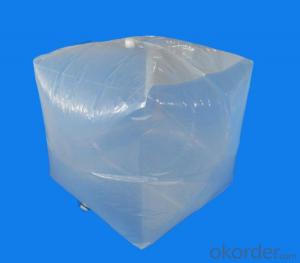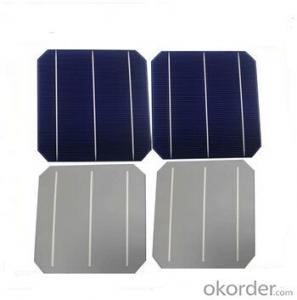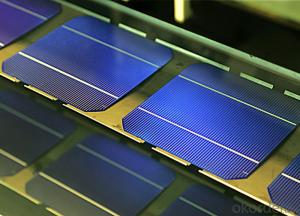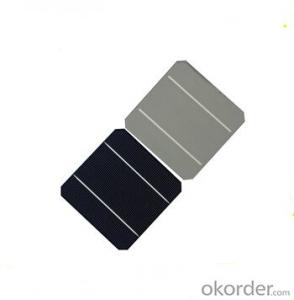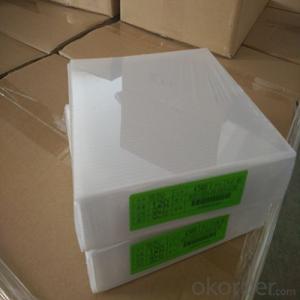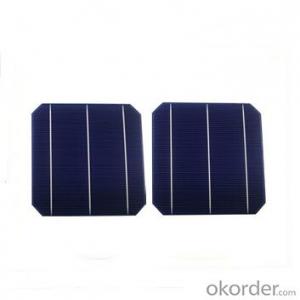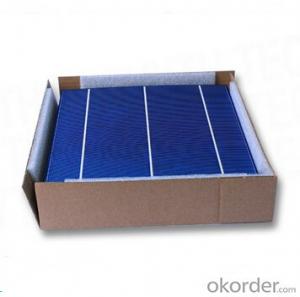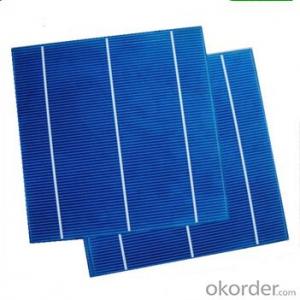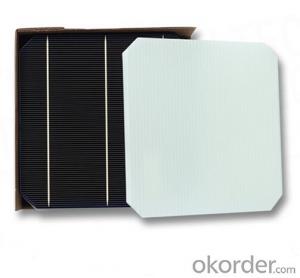Ibc Solar Cells
Ibc Solar Cells Related Searches
Except For Solar Cells Weegy Problems With Solar Cells High Power Solar Cells Light Trapping In Solar Cells High Performance Solar Cells High Output Solar Cells High Wattage Solar Cells Energy Transfer In Solar Cells High Efficiency Hvac Systems Recombination In Solar CellsHot Searches
Cheap Solar Cells For Sale Flexible Solar Cells For Sale Q Cells Solar Panels For Sale Printed Solar Cells For Sale Bulk Solar Cells For Sale 6x6 Solar Cells For Sale Broken Solar Cells For Sale Cpv Solar Cells For Sale Photoelectric Cells For Sale Price Of Silicon Solar Cells Price Of Solar Cells Over Time Buy Solar Cells From China Cheap Solar Cells China Best Type Of Solar Cells Flexible Solar Cells Price Q Cells Solar Panels Price 3 Types Of Solar Cells Production Of Solar Cells Common Types Of Solar Cells Q Cells Solar Panel PricesIbc Solar Cells Supplier & Manufacturer from China
Okorder.com is a professional Ibc Solar Cells supplier & manufacturer, offers integrated one-stop services including real-time quoting and online cargo tracking. We are funded by CNBM Group, a Fortune 500 enterprise and the largest Ibc Solar Cells firm in China.Hot Products
FAQ
- Monocrystalline silicon and polycrystalline silicon cell in the appearance of what is the difference?
- As the monocrystalline silicon cell and polycrystalline silicon cell pre-production process of different, so that they are from the appearance to the electrical performance are some differences.
- Doping and Diffusion Principle in Solar Cell Processing
- In the solar silicon, the impurity atoms of the gas source close to the silicon, after heating, so that the gradual diffusion of impurities will slowly penetrate the silicon wafer, the concentration from the edge of the silicon to the inside is gradually reduced.
- Yes, solar cells can be used in agriculture for irrigation. Solar-powered irrigation systems can efficiently harness solar energy to power water pumps, ensuring a sustainable and cost-effective solution for farmers. This reduces reliance on fossil fuels and electricity grids, enabling remote and off-grid farming locations to have access to water for irrigation.
- How can I explain to my 10 year old daughter what solar cells are?
- You should expain it to your daughter in a simpler way instead of the complicated scientic way.
- Solar cells can still perform effectively in areas with high levels of industrial emissions. While industrial emissions can potentially reduce the overall performance of solar cells due to air pollution and particulate matter, the impact can vary depending on the specific pollutants and their concentration. Regular cleaning and maintenance of the solar panels can help mitigate any negative effects. Additionally, advancements in solar cell technology, such as anti-reflective coatings and improved efficiency, can enhance their performance even in challenging environments.
- Solar cells typically perform well in high humidity environments. However, excessive moisture or prolonged exposure to water can lead to a decrease in their efficiency. It is important to ensure proper waterproofing and maintenance of the solar panels to prevent any potential damage caused by moisture.
- What is the solar cell?
- For solar cells formed by the combination of two different silicon semiconductors (P-type and N-type), when the sunlight is irradiated, the solar light is absorbed by the solar cell to produce positive ions (positive holes) and negative ions (electrons) The positive ions are assembled into the P-type semiconductor, and the negative ions are assembled to the N-type semiconductor.
- Yes, solar cells can be used in remote sensing applications. Solar cells can convert sunlight into electrical energy, which can power remote sensing devices and instruments. This allows for continuous and sustainable operation of remote sensing systems in areas where access to traditional power sources may be limited or unavailable. Additionally, solar cells can be integrated into small and lightweight devices, making them ideal for remote sensing applications where portability and efficiency are crucial.













